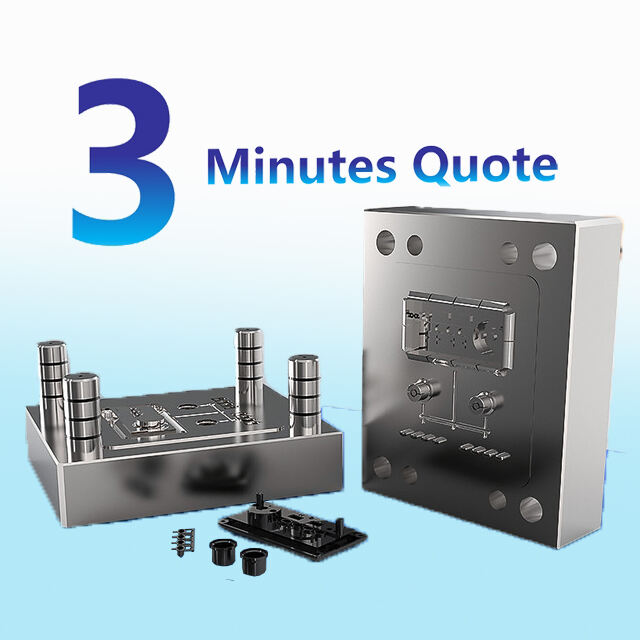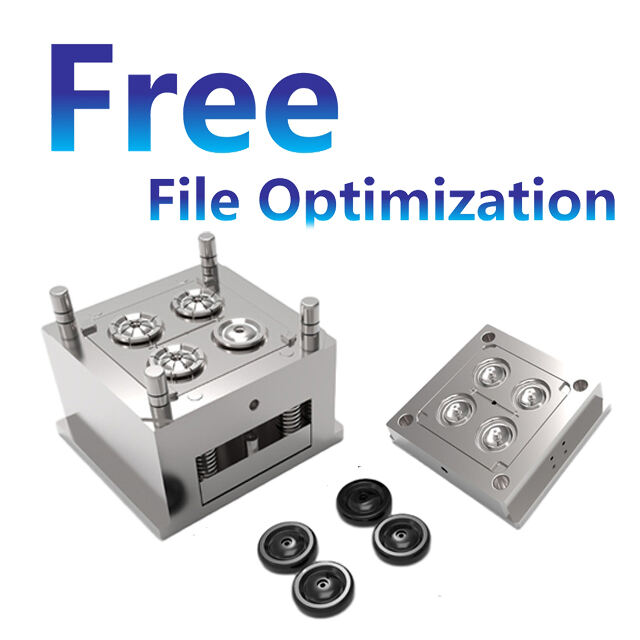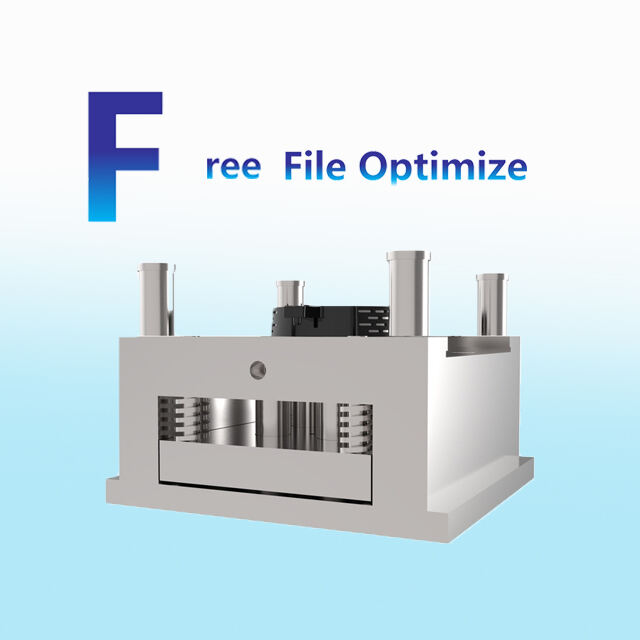two color injection molding
Two color injection molding is a sophisticated manufacturing process that allows for the creation of plastic products with two distinct colors in a single mold. The main functions of this technology are to enhance product aesthetics and functionality by integrating multiple colors into one piece without the need for secondary operations like painting or assembly. Technological features of two color injection molding include advanced injection molding machines equipped with two material feeding systems, which enable the simultaneous injection of two different melts. This process is highly precise, ensuring that the colors are applied exactly where intended. Applications of two color injection molding are widespread, from consumer goods and electronics to automotive parts and medical devices, offering manufacturers a versatile solution for colorful, high-quality products.


